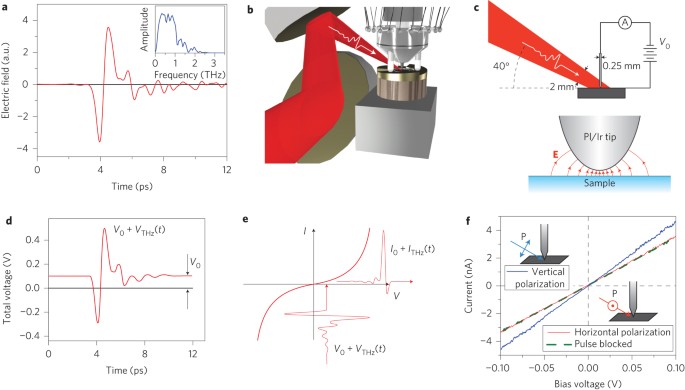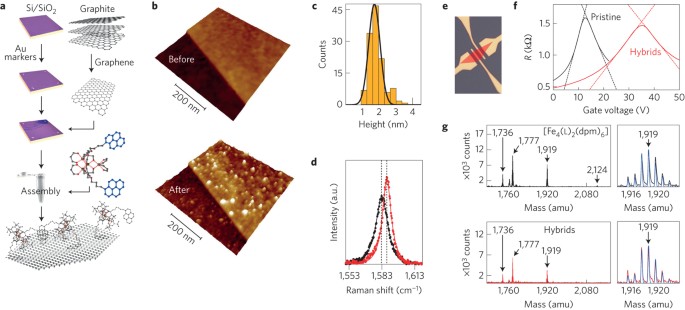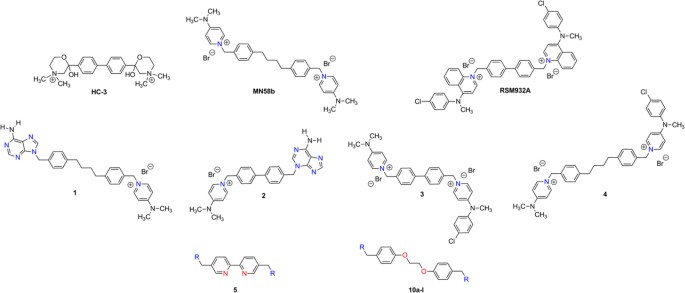- Select a language for the TTS:
- UK English Female
- UK English Male
- US English Female
- US English Male
- Australian Female
- Australian Male
- Language selected: (auto detect) - EN
Play all audios:
ABSTRACT NON-COMMITTAL though it may be, the very title of Prof. Le Gros dark's book excites curiosity. Forerunners are not necessarily ancestors; and in fact these pages introduce
animals which stand in varying relation to the true line of human descent. It must not be supposed that the author avoids discussion of that subject. The preface is perfectly explicit in
this matter, and ancestral trees, though not unduly prominent, figure clearly enough towards the end of the volume. But a wider issue is submitted, namely that of the evolutionary history,
not of man alone, but of his associates as well. The clear statement of this aim, and the steadfastness which ensures its maintenance throughout the inquiry, are the essential factors of the
book's outstanding merit. Early Forerunners of Man: a Morphological Study of the Evolutionary Origin of the Primates. By Prof. W. E. Le Gros Clark. Pp. xvi + 296. (London: Baillière,
Tindall and Cox, 1934.) 15_s_. Access through your institution Buy or subscribe This is a preview of subscription content, access via your institution ACCESS OPTIONS Access through your
institution Subscribe to this journal Receive 51 print issues and online access $199.00 per year only $3.90 per issue Learn more Buy this article * Purchase on SpringerLink * Instant access
to full article PDF Buy now Prices may be subject to local taxes which are calculated during checkout ADDITIONAL ACCESS OPTIONS: * Log in * Learn about institutional subscriptions * Read our
FAQs * Contact customer support RIGHTS AND PERMISSIONS Reprints and permissions ABOUT THIS ARTICLE CITE THIS ARTICLE _Early Forerunners of Man: a Morphological Study of the Evolutionary
Origin of the Primates_ . _Nature_ 134, 161–162 (1934). https://doi.org/10.1038/134161a0 Download citation * Issue Date: 04 August 1934 * DOI: https://doi.org/10.1038/134161a0 SHARE THIS
ARTICLE Anyone you share the following link with will be able to read this content: Get shareable link Sorry, a shareable link is not currently available for this article. Copy to clipboard
Provided by the Springer Nature SharedIt content-sharing initiative








